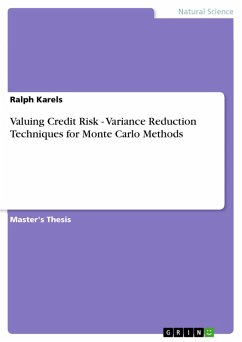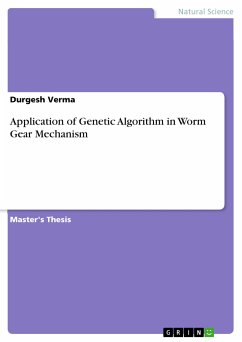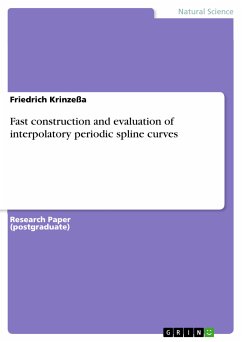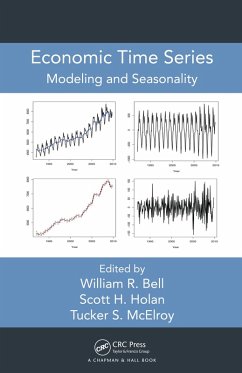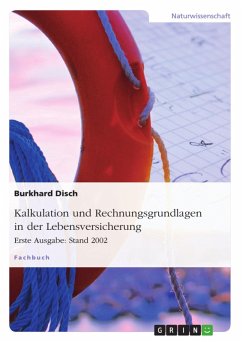
Sequencing and Sorting in Just-In-Time Production (eBook, ePUB)

PAYBACK Punkte
0 °P sammeln!
Diploma Thesis from the year 2004 in the subject Mathematics - Applied Mathematics, grade: 1.3, Brandenburg Technical University Cottbus (Institut für Mathematik), language: English, abstract: Since Karl Benz built the first motor driven vehicle in 1886 a new industry was born which is still one of the most important and influential sectors of economy. His 0.9 horse-power engine only reached 15 kilometers per hour but gave the starting shot for more and more inventions and a rapidly growing automobile industry. First cars where used for racing only but during the first period of the twentieth...
Diploma Thesis from the year 2004 in the subject Mathematics - Applied Mathematics, grade: 1.3, Brandenburg Technical University Cottbus (Institut für Mathematik), language: English, abstract: Since Karl Benz built the first motor driven vehicle in 1886 a new industry was born which is still one of the most important and influential sectors of economy. His 0.9 horse-power engine only reached 15 kilometers per hour but gave the starting shot for more and more inventions and a rapidly growing automobile industry. First cars where used for racing only but during the first period of the twentieth century it established its position as a new and individual means of transport. In 1936 the first Volkswagen called Beetle, a vehicle for the masses, was developed by Ferdinand Porsche and has been produced for 67 years. The last Beetle was built in the summer of 2003 in Mexico. Worldwide 100.000 new cars are being produced every day and in 2010 there will be over 1 billion private cars all over the world. This development requires perfectly organized and well optimized production processes and still calls for new inventions and improvements. The production process in automobile manufacturing splits into three major stages. The moulding and welding of the car body in the body shop, the painting of the welded car bodies in the paint shop and the customization of the painted car bodies in the assembly shop. The work presented here deals with the last two stages. The production plant contains a system of production lines which sometimes split into parallel lines and reunite to a non-parallel line. Each of these lines can require some set of restrictions on the cars sequenced on that line. In the paint shop the cars are being painted on a line by a robot which through jets sprays the color onto the surface of the car body. Whenever the next car on the line has the same color the jets can be re-used. Otherwise they have to be cleaned which requires time and causes pollution. Therefore, minimizing the color changes that occur in the paint shop can save non negligible costs. In the assembly shop separate teams install different options into the cars such as sun-roof, air-conditioning, central locking system etc. Therefore the order of the cars on the line has to fulfill some restrictions considering that each option requires a fixed time for installation and resources which have to be available at the time of installation.
Dieser Download kann aus rechtlichen Gründen nur mit Rechnungsadresse in A, B, BG, CY, CZ, D, DK, EW, E, FIN, F, GR, HR, H, IRL, I, LT, L, LR, M, NL, PL, P, R, S, SLO, SK ausgeliefert werden.





